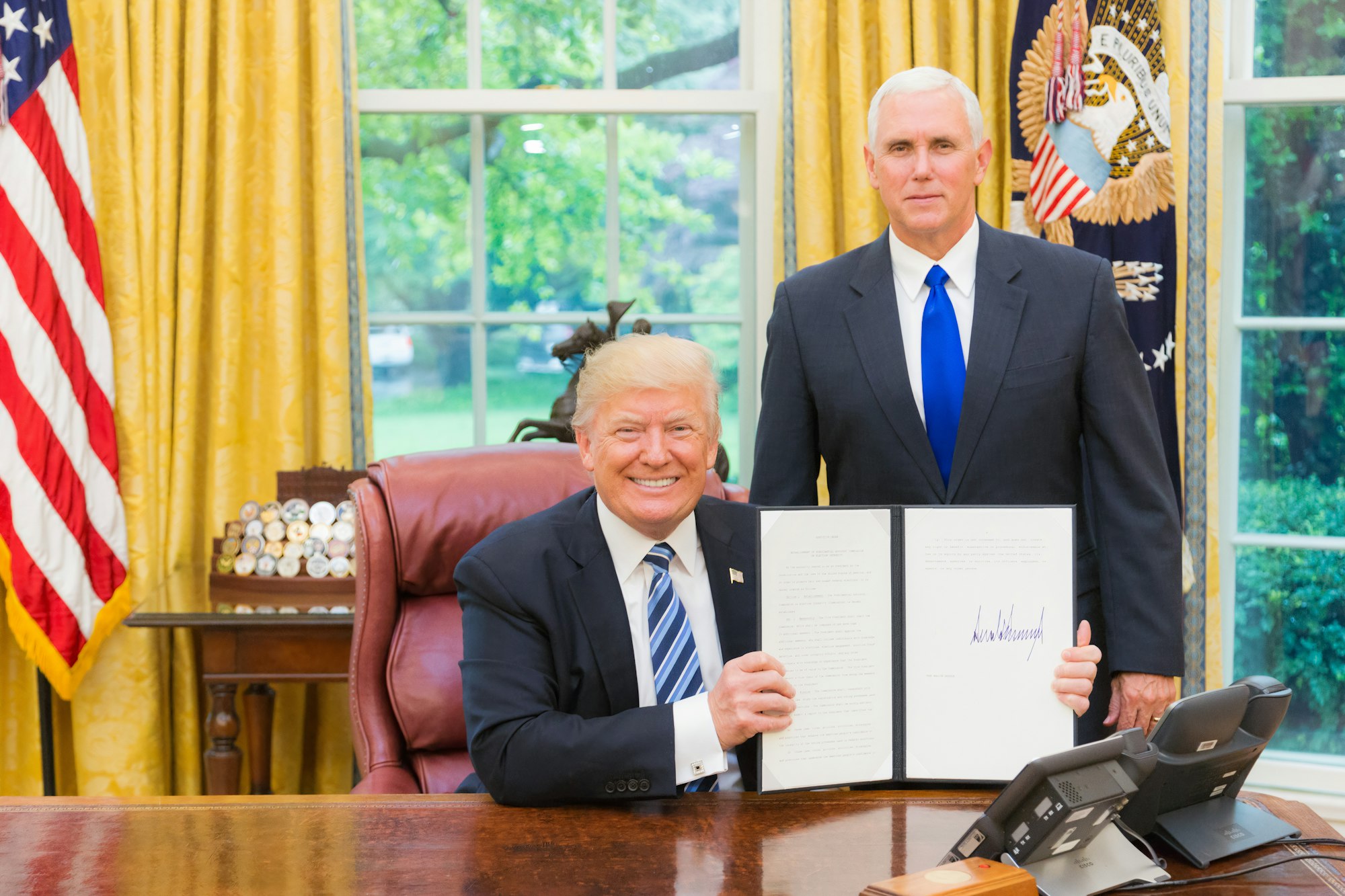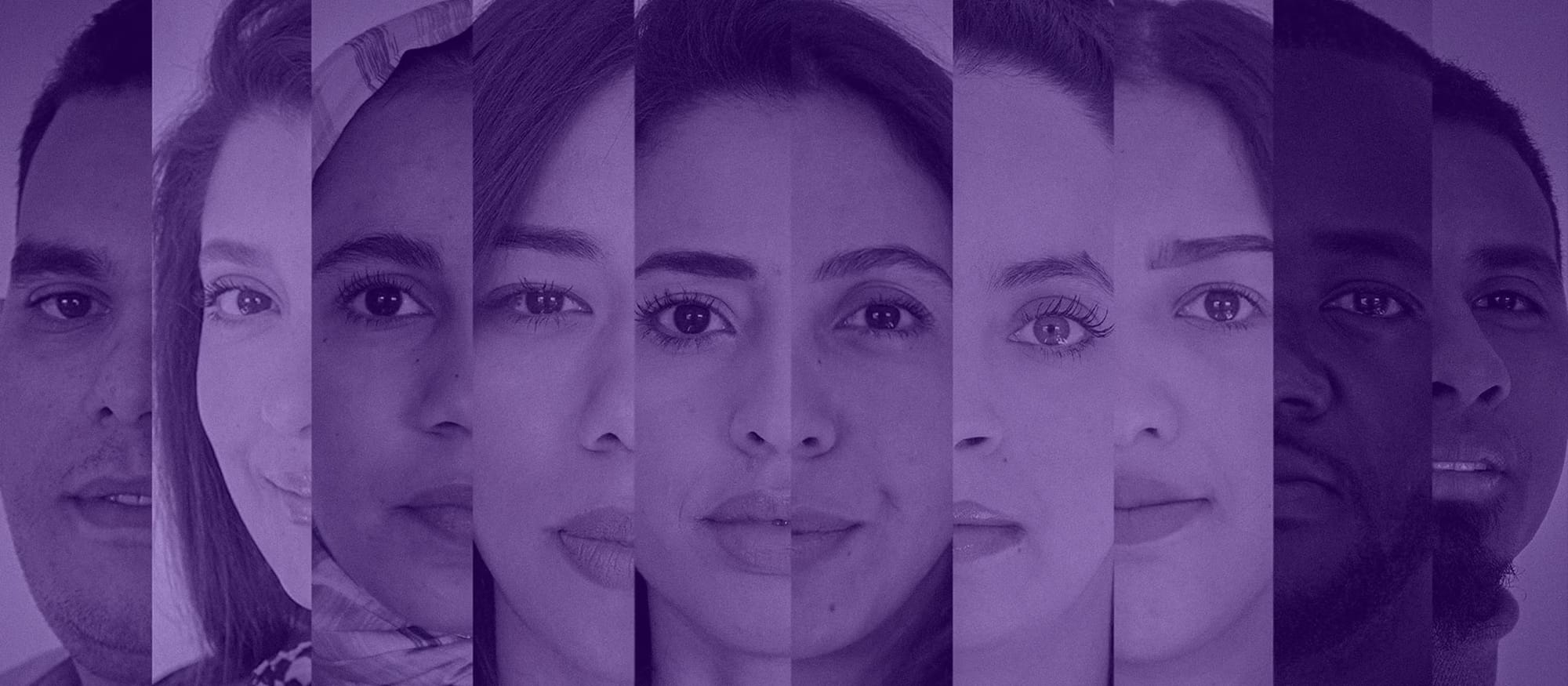Pro users can now:
- Access and manipulate Canva designs directly through chat commands
- Search and interact with Notion documents seamlessly
- Extract valuable insights from HubSpot data without platform switching
The integration rollout brings ChatGPT Pro in line with existing connections to Google Drive and Microsoft OneDrive, creating a unified workspace where users can manage multiple platforms through natural language interactions.
These new features are currently available to Pro users outside the European Economic Area (EEA), Switzerland, and the UK. Through OpenAI's Managed Connector Platform (MCP), users gain the ability to create custom connectors, opening doors for specialized integrations with internal tools and databases.
The strategic value lies in eliminating context switching - you can now:
- Generate Canva designs while brainstorming content
- Update Notion databases during research sessions
- Analyze HubSpot metrics while planning campaigns
This integration suite represents OpenAI's commitment to making ChatGPT Pro an indispensable tool for professionals seeking to streamline their digital workflows and boost productivity through AI-powered automation.
Canva Integration
ChatGPT Pro's integration with Canva brings design capabilities directly into your chat interface, creating a seamless workflow for content creators and marketers. This powerful combination lets you manage your Canva designs without leaving the ChatGPT environment.
Key Features of the Integration:
- Direct access to your Canva library
- Real-time design modifications
- Template suggestions based on chat context
- Instant brand asset implementation
- Collaborative design sharing
How to Use Canva in ChatGPT Pro:
- Connect your Canva account through ChatGPT's integration settings
- Type "/canva" followed by your design request
- Select from suggested templates or access existing designs
- Modify elements through natural language commands
- Export or share your completed designs directly
The integration responds to natural language prompts, making design tasks intuitive. You can say "Create a Facebook post about coffee" and ChatGPT will pull relevant Canva templates, suggest brand colors, and help customize the design.
Practical Applications:
- Social Media Content: Create platform-specific posts with optimized dimensions
- Marketing Materials: Design presentations, brochures, and promotional materials
- Brand Assets: Access and implement brand guidelines consistently
- Team Collaboration: Share designs and get feedback within the chat
Design Commands You Can Use:
/canva new [design type] /canva edit [design name] /canva search [template category] /canva brand [access brand kit] /canva share [design] with [team member]
The integration shines in real-world scenarios. A marketing team can brainstorm campaign ideas with ChatGPT, create corresponding visuals in Canva, and iterate designs - all without switching platforms. A social media manager can analyze post performance data and create optimized graphics based on those insights in one seamless workflow.
Time-Saving Features:
- Smart template recommendations based on conversation context
- Automatic size adjustments for different platforms
- Quick access to brand colors and fonts
- Instant design variations for A/B testing
- Bulk creation capabilities for campaign assets
This integration transforms the design process from a multi-platform juggle into a streamlined conversation, making professional design creation accessible to teams of all sizes.
Notion Integration
ChatGPT Pro's integration with Notion brings a powerful combination of AI assistance and organized note-taking capabilities. This integration allows users to access, search, and manipulate their Notion workspace directly through the ChatGPT interface.
Key Features of the Notion Integration:
- Direct access to Notion pages and databases
- Real-time content synchronization
- Advanced search capabilities within Notion documents
- AI-powered content organization
- Custom template creation and management
The custom connector support enhances the integration by allowing users to create specialized connections between ChatGPT and their Notion workspace. You can build tailored workflows that match your specific needs, from automated content categorization to dynamic database updates.
Practical Applications:
1. Project Management
- Create and update task lists automatically
- Generate project timelines based on conversation context
- Track progress and deadlines through chat commands
2. Content Organization
- Auto-categorize notes and documents
- Generate structured summaries of lengthy documents
- Create linked references between related content
3. Knowledge Management
- Build dynamic knowledge bases
- Extract key insights from meeting notes
- Create interconnected research databases
The integration shines in collaborative environments where teams need quick access to shared information. You can ask ChatGPT to pull relevant data from your Notion workspace, analyze it, and present insights without leaving the chat interface.
Custom Connector Benefits:
- API-level integration for specialized workflows
- Automated data synchronization
- Personalized command shortcuts
- Custom formatting rules
- Integration with internal tools and databases
Real-world applications demonstrate the integration's versatility. A content team can use ChatGPT to automatically organize research materials in Notion, while developers can create custom commands to manage documentation and code snippets. Marketing teams benefit from automated campaign tracking and content calendars that sync between platforms.
The integration's power lies in its ability to understand context and relationships between different pieces of information. You can ask ChatGPT to "find all project notes related to the Q4 campaign" or "create a summary of yesterday's meeting notes," and it will navigate your Notion workspace to deliver precise results.
For teams using multiple tools, the custom connector support enables seamless workflows between Notion, ChatGPT, and other platforms. This creates a unified workspace where information flows naturally between different services, reducing the time spent switching between applications.

HubSpot Integration
ChatGPT Pro's integration with HubSpot through the Managed Connector Platform (MCP) brings powerful CRM capabilities directly into the AI chatbot interface. This integration enables Pro users to access, analyze, and leverage HubSpot data without leaving the ChatGPT environment.
Key Features of HubSpot Integration:
- Direct access to contact records, deals, and marketing campaigns
- Real-time data synchronization between platforms
- Custom query support for specific data retrieval
- Automated report generation and analysis
- Contact engagement history tracking
Pro users can access HubSpot data through simple chat commands. Here's how to get started:
- Connect your HubSpot account in ChatGPT settings
- Verify API permissions and access levels
- Select the specific HubSpot properties you want to access
- Start querying your data through natural language commands
The integration excels at extracting valuable insights from your HubSpot data. You can:
- Generate detailed contact engagement summaries
- Analyze sales pipeline performance
- Track campaign effectiveness metrics
- Create custom reports based on specific KPIs
- Identify trends and patterns in customer behavior
Practical Applications:
Sales teams use the integration to quickly pull up customer histories during calls:
"Tell me about recent interactions with [customer name]" "Show me all deals in the negotiation stage" "Summarize this quarter's sales performance"
Marketing professionals leverage it for campaign analysis:
"Compare email campaign performance for Q1 vs Q2" "Show me top-performing landing pages" "Generate a report on lead source attribution"
The HubSpot integration shines in data synthesis and pattern recognition. ChatGPT can analyze vast amounts of CRM data to identify:
- Customer behavior patterns
- Sales cycle bottlenecks
- High-value opportunity indicators
- Lead scoring optimization opportunities
- Campaign effectiveness metrics
Pro users outside EEA regions can access advanced features like custom data visualization and predictive analytics. The integration supports both standard HubSpot objects and custom properties, allowing for tailored data analysis based on specific business needs.
The Future of GPT-5
OpenAI's CEO Sam Altman has confirmed GPT-5's imminent arrival, with a projected launch window in early to mid-August 2025. The announcement has sparked excitement across the AI community, as internal evaluations and safety testing reach their final stages.
What to Expect from GPT-5
GPT-5 promises substantial improvements across multiple domains:
- Enhanced Reasoning Capabilities: The model demonstrates advanced problem-solving abilities and deeper contextual understanding
- Improved Factual Accuracy: Reduced hallucinations and more reliable information processing
- Specialized Knowledge Domains: Better handling of technical, scientific, and domain-specific content
- Real-time Learning: Adaptive responses based on user interactions and feedback
- Enhanced Memory Management: Better retention and utilization of context during extended conversations
API Improvements with GPT-5
Developers can expect significant API improvements with GPT-5:
- Flexible Integration Options: Enhanced API endpoints for various development environments
- Scalable Processing: Better handling of concurrent requests and large-scale applications
- Custom Model Fine-tuning: More granular control over model behavior and outputs
- Advanced Rate Limiting: Improved quota management for enterprise applications
New Possibilities for Developers
The API access structure for GPT-5 introduces new possibilities for developers:
Key API Features:
- Streamlined authentication protocols
- Enhanced error handling mechanisms
- Improved response formatting options
- Better webhook integration support
Performance Enhancements
Early testing indicates GPT-5's processing speed surpasses its predecessor by 40%, with reduced token consumption for complex tasks. The model's architecture supports parallel processing capabilities, enabling simultaneous handling of multiple data streams.

Advanced Security Features for Enterprise Users
For enterprise users, GPT-5 introduces advanced security features:
- Encrypted Data Processing: Enhanced protection for sensitive information
- Audit Trails: Detailed logging of model interactions and decisions
- Compliance Controls: Built-in safeguards for regulatory requirements
- Custom Security Policies: Flexible security configurations for different use cases
Multimodal Capabilities in GPT-5
GPT-5's multimodal capabilities represent a significant leap forward in AI technology. The model introduces advanced processing abilities for images and audio, creating a more versatile and intuitive user experience.
Key Multimodal Features:
Enhanced Visual Understanding
- Real-time image analysis and description
- Visual context recognition in conversations
- Generation of image-based content suggestions
- Advanced OCR capabilities for text extraction
Audio Processing Capabilities
- Speech recognition across multiple languages
- Voice tone and emotion detection
- Audio transcription with contextual understanding
- Sound pattern analysis and classification
The upgraded multimodal system allows GPT-5 to process multiple types of input simultaneously. You can show the AI an image while asking questions about it, and it will understand both the visual elements and your text queries in context. This creates natural, flowing conversations about visual content without the need for separate tools or platforms.
GPT-5's audio processing takes a similar leap forward. The model can analyze spoken words, background sounds, and musical elements, providing comprehensive audio understanding. This capability extends to multiple languages and accents, making it a powerful tool for global communication and content creation.
Practical Applications:
- Content creators can describe their vision verbally while showing reference images
- Businesses can analyze customer service calls for tone and sentiment
- Educators can create multimedia learning materials with integrated AI assistance
- Developers can build applications that respond to multiple input types
The multimodal capabilities also enable GPT-5 to generate more accurate and contextually relevant responses. By understanding both visual and auditory inputs, the model can provide more nuanced and helpful suggestions, making it a more powerful tool for creative and professional tasks.
These advancements in multimodal processing set GPT-5 apart from previous iterations, opening new possibilities for AI-assisted work across various industries and use cases.
Speculations Around Smaller Variants of GPT-5
Industry insiders suggest OpenAI plans to release compact versions of GPT-5, dubbed "mini" and "nano" variants. These scaled-down models aim to address specific use cases while maintaining core functionalities.
The potential mini variant could target:
- Mobile app integrations requiring lower computational resources
- Edge devices with limited processing power
- Real-time applications needing faster response times
- Small business applications with budget constraints
The nano version might serve:
- IoT devices and sensors
- Embedded systems
- Lightweight chatbots
- Basic text processing tasks
These smaller variants would operate through API support, allowing developers to integrate AI capabilities into their applications without the full computational overhead of the main GPT-5 model. The API-first approach enables:
- Custom implementation based on specific needs
- Reduced latency for time-sensitive applications
- Lower costs for smaller scale deployments
- Flexible scaling options
Early speculation points to these variants maintaining core natural language processing abilities while sacrificing some advanced features. The mini version might retain 60-70% of GPT-5's capabilities, focusing on common use cases like text generation and basic analysis. The nano variant could specialize in specific tasks, operating at 30-40% of the full model's capacity.
Developers anticipate these variants will open new possibilities for AI integration across different platforms and devices. The reduced resource requirements could make advanced AI capabilities accessible to a broader range of applications and businesses, particularly in scenarios where the full GPT-5 model would be impractical or cost-prohibitive.
The API support structure suggests OpenAI plans to offer tiered access options, allowing developers to choose the most suitable variant for their specific needs and budget constraints. This approach aligns with the company's strategy of making AI technology more accessible while maintaining performance standards.

Geographic Availability Challenges
ChatGPT Pro's latest integrations with Canva, Notion, and HubSpot face significant regional restrictions, particularly in the European Economic Area (EEA), Switzerland, and the United Kingdom. These limitations create a distinct divide in feature accessibility between users based on their geographic location.
Key Regional Restrictions:
- Users in EEA countries cannot access the Canva integration
- Notion connectivity remains unavailable throughout Switzerland
- HubSpot features are restricted in the UK market
- Custom connector support is limited to non-EEA regions
The impact of these geographic restrictions extends beyond simple feature unavailability. Business users in affected regions must rely on alternative workflows, often requiring manual platform switching and reduced efficiency. For example, UK-based marketing teams need to maintain separate workflows between ChatGPT and HubSpot, losing the benefits of automated data synchronization.
User Impact in Restricted Regions:
- Reduced productivity due to manual platform switching
- Limited access to AI-powered design assistance
- Inability to leverage automated data analysis tools
- Restricted collaboration capabilities with global teams
These regional limitations stem from varying data protection regulations and compliance requirements across different territories. The complex regulatory landscape in Europe, particularly under GDPR, creates additional hurdles for AI-powered integrations. Users in restricted regions need to maintain awareness of these limitations when planning their workflow strategies and tool implementations.
Staying Updated with Tech Advancements from OpenAI
OpenAI's rapid development cycle brings exciting changes to ChatGPT and its ecosystem. The recent additions of Canva, Notion, and HubSpot integrations showcase the platform's commitment to enhancing user experience through strategic partnerships.
Key Ways to Stay Informed:
- Subscribe to OpenAI's official newsletter for direct updates
- Follow OpenAI's blog for detailed release notes and feature announcements
- Join our WhatsApp community for real-time tech updates
- Enable notifications on ChatGPT's platform interface
- Monitor OpenAI's social media channels
The tech landscape shifts quickly, with new features and capabilities emerging regularly. Pro users benefit from early access to these innovations, making it crucial to stay connected with reliable information sources.
What to Watch For:
- GPT-5 release updates and capabilities
- New integration partnerships
- Regional availability expansions
- API improvements and documentation
- Safety and ethical guidelines updates
By staying informed through these channels, you'll be positioned to leverage new features as they roll out. Whether you're a developer, business user, or AI enthusiast, understanding OpenAI's latest advancements helps maximize the value of your ChatGPT Pro subscription.
Join our WhatsApp community today to receive curated updates about ChatGPT's evolving capabilities and ensure you're among the first to know about groundbreaking developments in AI technology.
FAQs (Frequently Asked Questions)
What new integrations does ChatGPT Pro offer for enhanced productivity ?
ChatGPT Pro now integrates with Canva, Notion, and HubSpot, allowing Pro users to streamline their tasks by interacting with these platforms directly through the chatbot interface.
How does the Canva integration work within ChatGPT Pro ?
The Canva integration enables users to interact with Canva content seamlessly via ChatGPT Pro. Users can access design features, create visuals, and enhance creativity through a step-by-step chatbot-guided process, boosting productivity and creative workflows.
What benefits does the Notion integration provide in ChatGPT Pro ?
ChatGPT Pro's Notion integration includes custom connector support, allowing tailored connections to Notion workspaces. This facilitates efficient project management and note-taking directly within the chatbot environment, improving organizational workflows for users.
Can you explain the HubSpot integration in ChatGPT Pro and its key features ?
The HubSpot integration in ChatGPT Pro utilizes the Managed Connector Platform (MCP) to provide seamless access to HubSpot data within the chatbot. Users can extract valuable insights, generate summaries, and manage customer relations effectively through this integrated interface.
What are the anticipated features and release timeline of GPT-5 by OpenAI ?
OpenAI is expected to release GPT-5 soon, featuring advanced capabilities including enhanced multimodal processing of images and audio. API access will be available for developers to utilize these improvements in creating innovative AI applications.
Are there any geographic restrictions affecting ChatGPT Pro integrations ?
Yes, certain features of ChatGPT Pro integrations like Canva, Notion, and HubSpot may have limited availability in regions such as the European Economic Area (EEA), including Switzerland and the United Kingdom. These restrictions could impact user experience in these areas.





